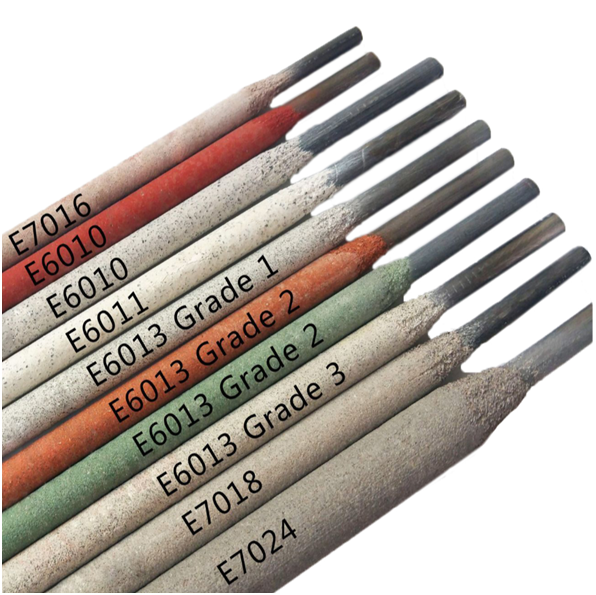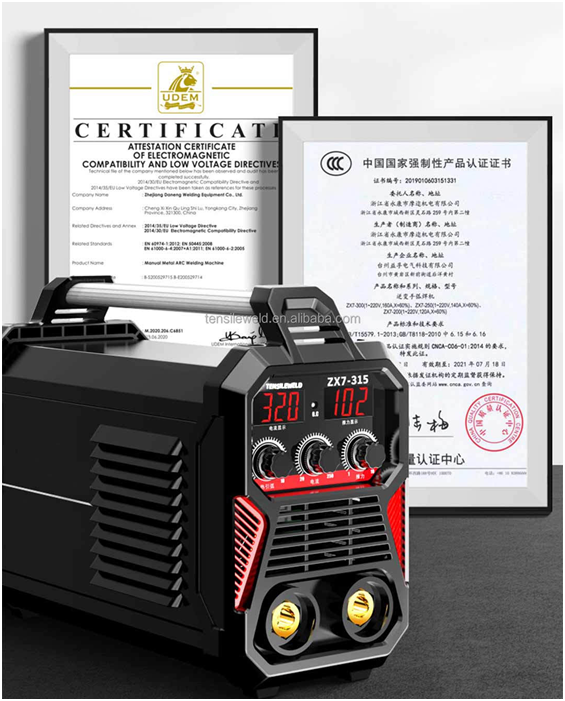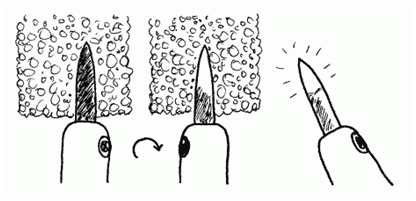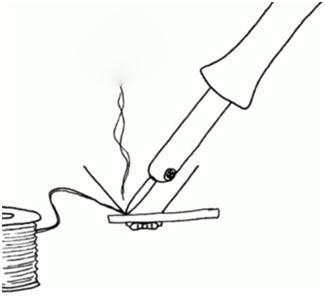How to weld for beginners Clusam
The correct method of welding, that is, the method of “first fast and then slow, first short and then long, first left and then right, first up and then down”, is a good welding technique. Especially when welding some materials and parts such as aluminum alloy and copper wire, more attention should be paid. Due to the high requirements of the traditional welding process, there are also some problems in the operation. For example, the welding speed is too fast or too slow, the arc light is too bright or too dark, the current is too large, and the edge of the weld is not properly processed, etc., which will affect the weld performance.
The choice of welding rod
The selection of electrodes is related to the welding speed and the strength of the arc light, but the strength of the arc light is related to the welding material and the shape of the groove, and when the arc light intensity is the same, the electrode with a strong arc light has a faster welding speed, while the electrode with a weak arc light has a faster weld seam strength. Small and cannot form a good weld. Therefore, welding materials or electrodes with good performance should be selected. If necessary, the vacuum melting method (that is, using liquid metal or solid substance as a melt) can be used to weld the electrode. In order to achieve the best, most perfect and correct welding technology for the weld, defects such as pores, slag inclusions, carbides, and ferrite should be avoided as much as possible during the welding process.

Arc configuration
Before welding, the arc temperature must be determined. If the temperature is low and the arc speed is slow, the arc temperature can be reduced. If the temperature is too high and the arc speed is fast, the arc temperature can be increased. The arc configuration can be done by two people working together, or by two people working in groups, or by segmenting and grouping. The following points should be paid attention to in the arc configuration: the arc configuration is related to the preparation before welding: the arc configuration is carried out by a person, so it needs to be determined according to the required arc during arc welding; when using segmented grouping, attention should be paid to the uniform contact between the welding torch and the electrode; The arc configuration should be set on the arc temperature and current direction to avoid unnecessary fusing caused by excessive current; when the arc is configured, the arc angle should be adjusted a little smaller; pay attention to keep a certain distance between the welding torch and the electrode; the action of the arc configuration Be brisk, and pay attention to the coordinated actions; the arc configuration should not be too much, the gap between the welding torch and the electrode should not be too large (the welding speed should not be too fast), and the current should be appropriately reduced; frequent operations and midway pauses should not be used when arc configuration. In arc welding, due to the need to use a large current, a small arc should be used as much as possible when welding, and a large current should be used when welding with low power.

Control of welding speed
If the welding speed is too fast, the internal stress of the weld will increase and cracks will occur; if the speed before welding is too slow, the weld will be too thin, the surface will be rough, with burrs and cracks on the surface. Pay attention to properly control the welding speed during welding, otherwise the quality of the weld will be reduced, or even the weld will be scrapped. The following principles should be followed to control the welding speed: firstly, the appropriate welding speed should be determined according to the different characteristics of the components to be welded; secondly, the welding speed required for the weldment should be strictly controlled; finally, the length and welding speed of the welding speed should be reasonably determined according to the process requirements. As well as welding speed and welding current must be equal.
Welded joints
When the welder welds according to the welding joint method, he must do “three things and three things”: that is, the welding point should be close to the base metal, the welding wire should be in uniform contact with the weldment, and the weldment should be cooled quickly after being stressed to prevent deformation. It affects the quality of the joint, and at the same time, a certain tension should be maintained during welding and the weldment should not be pulled. In arc welding, the base metal can be clamped by electrodeless clamps for welding, and the weldment can also be clamped by welding clamps and then welded with jaws. In order to ensure the welding quality and welding speed, there are differences in the joint methods, but the basic principles are still the same. Wash and dry the joints after welding.

Requirements for the shape of the weld
Weld shape includes: Groove shape. The groove shape is determined by the groove thickness. If the thickness of the weld groove is too large, the shape of the weld will change accordingly, but the arc method or trapezoidal method cannot be used to remove the arc, otherwise shrinkage cavities will occur after the groove is too thin or too thick. Generally, the groove edge is required to have a slope of about 45°.

If you still can’t, just click the dialog box in the lower right corner and ask me.

